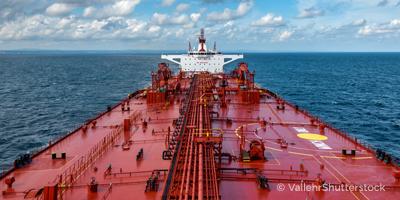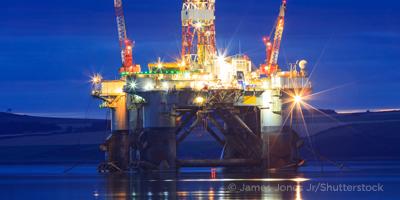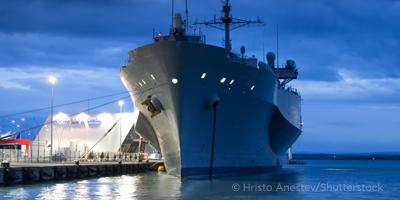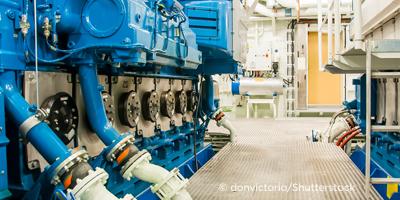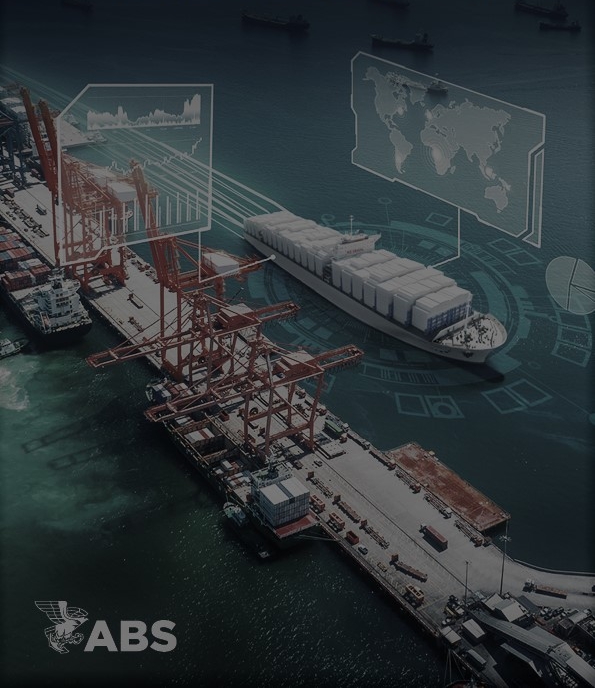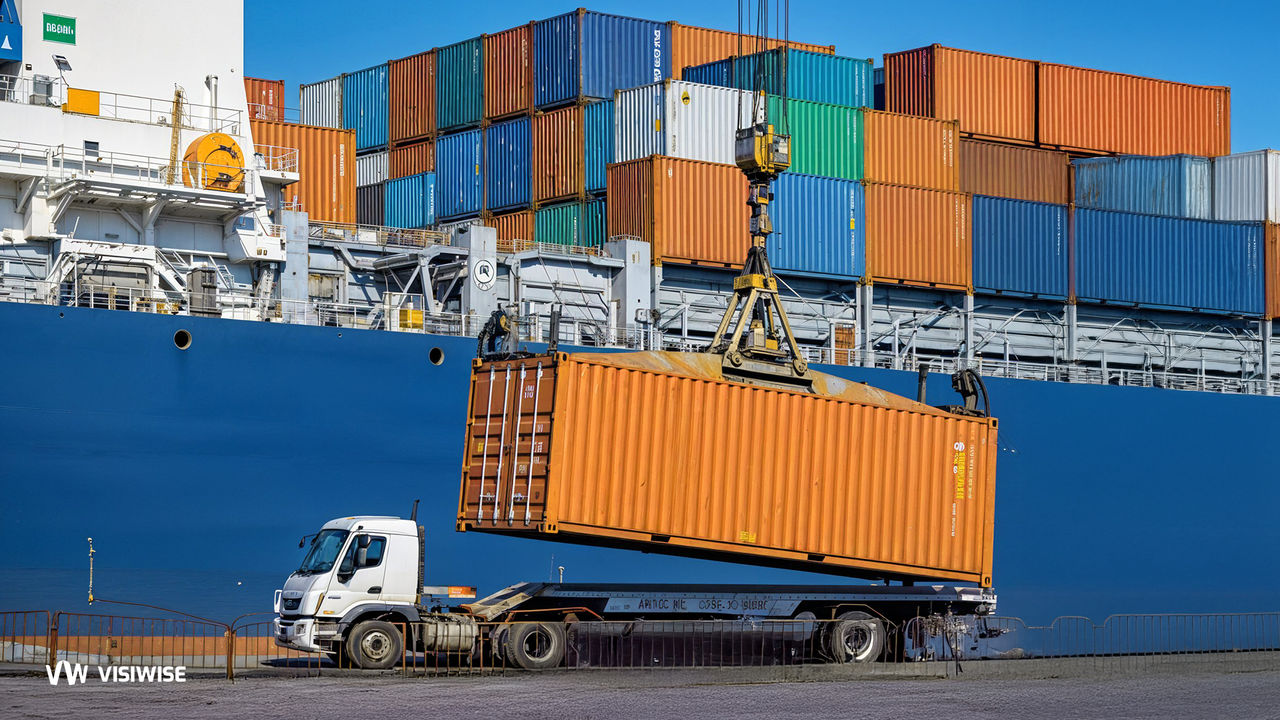1. Are there any exceptions in the application of Regulation 3-13?
This regulation does not apply to:
1. lifting appliances on ships certified as MODUs;
2. lifting appliances used on offshore construction ships, such as pipe/cable laying/repair or offshore installation vessels, including ships for decommissioning work, which comply with standards acceptable to the Administration;
3. integrated mechanical equipment for opening and closing hold hatch covers; and
4. life-saving launching appliances complying with the International Life-Saving Appliance (LSA) Code.
2. How will the Load Testing and Thorough Examination of Non-Certified Lifting Appliances[SS1] be demonstrated?
The IMO Maritime Safety Committee at its 106th session noted that a factual statement from the Administration or a recognized classification society can demonstrate compliance for existing lifting appliances lacking valid test certificates under other international instruments.
In February 2025, to ensure consistent application of SOLAS regulation II-1/3-13.2.4, a draft unified interpretation (SSE 11/10/5) was submitted at IMO[SF2] [SS3] Ship Systems and Equipment Sub-Committee (SSE 11). IACS, as a co-sponsor acknowledged that recognized organizations should use a separate form to document compliance with SOLAS regulation II-1/13.2.4 for these appliances, as their certification history differs from those with valid certificates.
This interpretation provides a factual statement as documentation for load testing and thorough examination of existing lifting appliances without valid certificates, installed before January 1, 2026, effective from that date. The unified interpretation clarifies how to present information to distinguish between lifting appliances with and without valid certificates.
The Sub-Committee agreed to the draft MSC circular on this interpretation, pending approval by MSC 110 in June 2025.
3. For existing vessels is this just a matter of reissue of the ILO 152 certificate under a new SOLAS format certificate?
For existing lifting appliances with valid certificates, paragraph 3.3.3 of the MSC.1/Circ.1663 states that existing lifting appliances with valid certificates under other international instruments comply with SOLAS regulation II-1/3-13.2.4. Acceptable instruments may include the ILO Convention on Occupational Safety and Health in Dock Work (No. 152)
For existing lifting appliances without valid certificates, the MSC.1/Circ.1663 do not specifically address these appliances, except that paragraph 3.2.1.2 mandates load testing for all applicable lifting appliances. Documentation as per the draft unified interpretation mentioned in the question 2 above can serve to fulfill the requirements for those lifting appliances installed before January 1, 2026.
4. Are Lifting Appliances with SWL < 1,000 KG subject to SOLAS II-1/3-13.2.1 and 2.4?
The Administration shall determine to what extent the requirements do not apply to lifting appliances which have a safe working load below 1,000 kg.
To date, there are varying practices among flag Administrations regarding this application. The following flag Administrations have issued marine notices that indicate applicability.
- Barbados: Not applicable
- Georgia: Applicable
- Gibraltar: Applicable
- Isle of Man: Not applicable
It is advisable to consult the flag Administration of the vessel.
5. What information is included in the certification of test and thorough examination of lifting appliances?
A sample format is provided below:
6. What information is included in the certification of test and thorough examination of loose gear?
A sample format is provided below:
7. What information should be included in the register of lifting appliances and cargo handling gear?
A sample format is provided below:
8. What are the relevant References?
More information can be found in the following documents:
- MSC.1/Circ.1662- Guidelines for Anchor Handling Winches(see attached doc to the message)
- MSC.1/Circ.1663-Guidelines for Lifting Appliances(see attached doc to the message)
- ABS Publication No. 152 - ABS Guide for the Certification of Lifting Appliances



